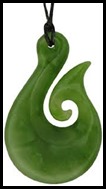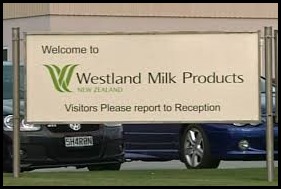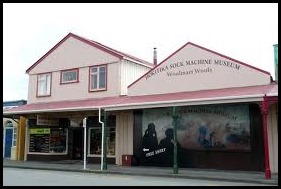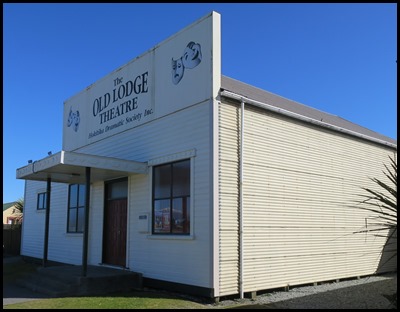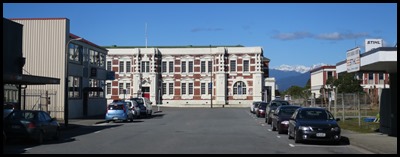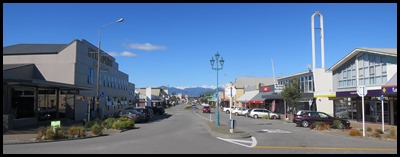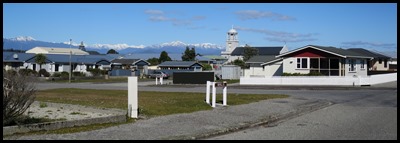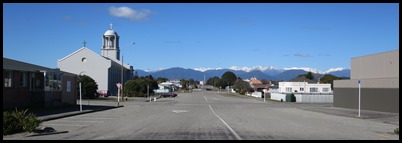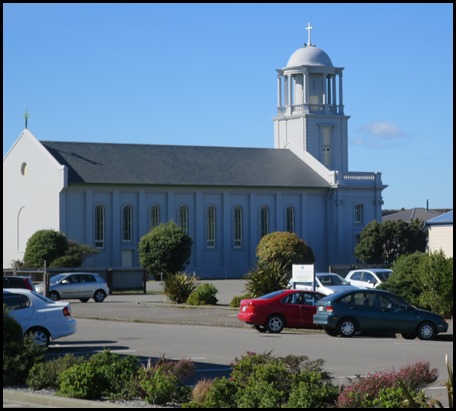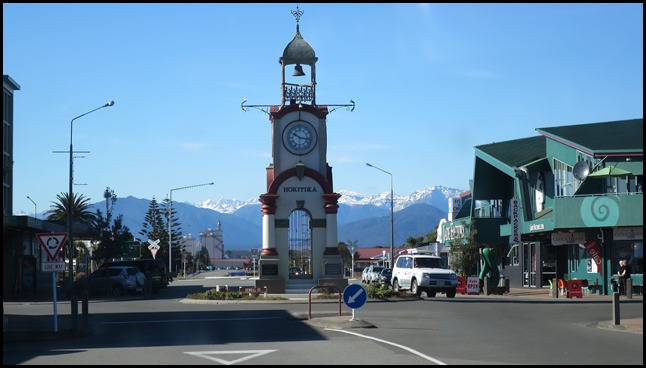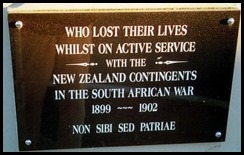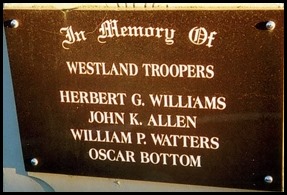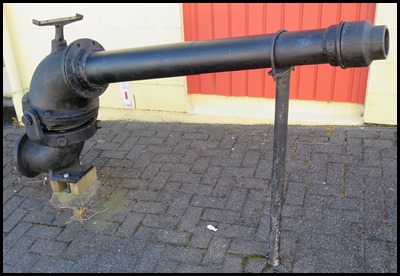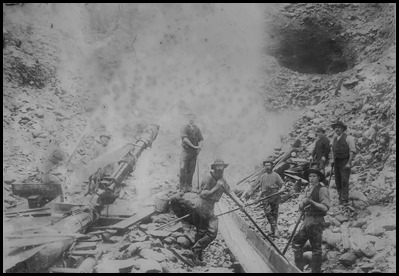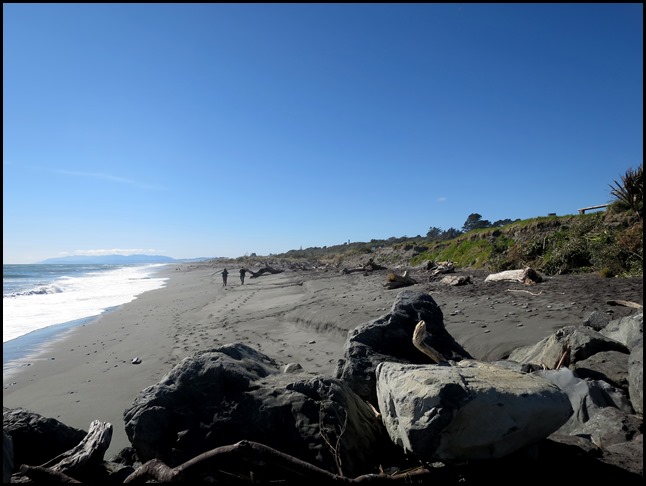Hokitika Bimble

|
Hokitika
Bimble
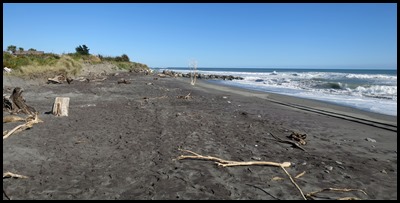 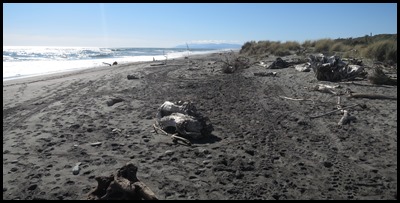 Straight on the beach at the back of
our campsite, looking left and right.
 We kept going
left as the dot on the horizon is a sort of memorial.
 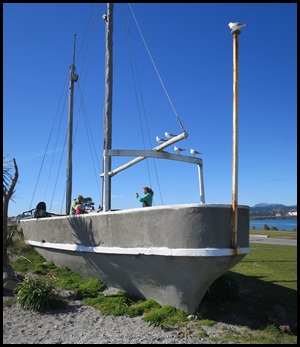 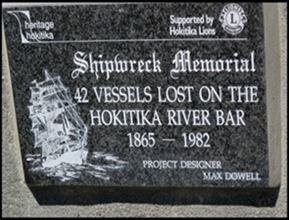 The
Tambo is a concrete ‘picnic’ area. It serves as a memorial to
the lost vessels.
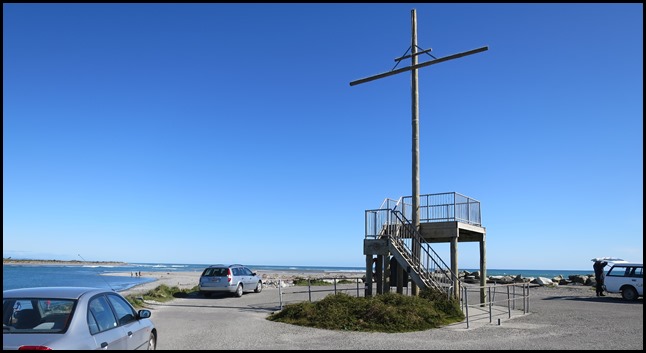 A little way from Tambo is
a ‘tower’, the mast from one of the wrecked
ships.
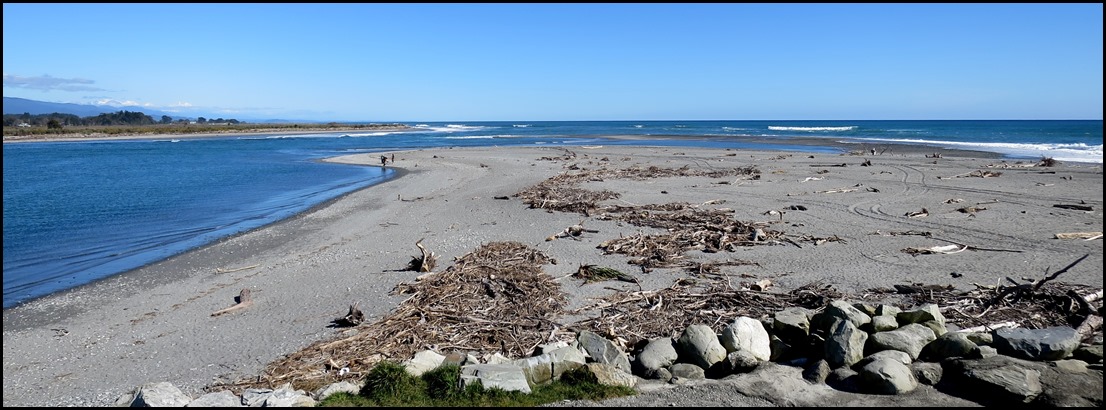 From the tower we
could see the waves over the bar.
 Behind us, the
town.
Hokitika is a
township in the West Coast
Region, twenty five miles south of Greymouth, and close to
the mouth of the Hokitika
River. According to the 2006 census, the
usually-resident population of the Hokitika urban area was 3,078, a further 828
people live in the surrounding area. On a clear day Aoraki / Mount
Cook can clearly be seen from Hokitika's main street,
but not today.
History: Founded on gold mining in 1864, it was a centre of the West Coast Gold Rush. By late 1866, it was one of New Zealand's most populous centres. The population has declined greatly since that time but the population of the Westland District is now on the rise thanks to "lifestyle inhabitants". Almost 30% of the district's rate-payers live outside of Hokitika. On the 16th of September 1867 there were forty one vessels alongside the wharf at Hokitika, in some places three and four deep. In 1867, the port of Hokitika ranked first in New Zealand in both the number of vessels entered inwards and in the total value of exports (principally gold). It became the capital of New Zealand's short-lived Westland Province from 1873 until the abolition of provinces in 1876.
As the miners left claims at Ballarat or Bendingo to try their luck on the West Coast, the voyage across the Tasman Sea was not as perilous as the arrival in Hokitika, and the problem of trying to get ashore. Every ten days or so in 1865-1967 there was a collision, grounding or shipwreck. Out of some one hundred and eight mishaps, thirty two vessels were totally wrecked, twenty one of them in 1865. Hokitika by 1866 was averaging one wreck every ten weeks. Some vessels stuck fast going out, many were grounded coming in, while others were beached due to pilot error, or by towlines attached to the busy tugs breaking as the ship was being towed over the bar. Schooners who lost the wind at a critical moment were soon fling up on the spits, steamers with fires doused by heavy seas met the same fate.
   Some losses were the result of human error or the use of
unsuitable, unseaworthy craft. Most were due to the almost north/south river
entrance which forced ships to enter almost broadside to the sea. Nervous
passengers arriving at Hokitika in August 1865 would have seen the
Montezuma cast high and dry on the beach, while the spot where the last
remnants of the well built Oak would have been pointed out. Further
along lying in a confused mass of ruin, the heap of splintered planks and ribs,
marked the place where the Sir Francis Drake and Rosella had
finally succumbed to the force of the waves. In the distance could be seen the
mast of the Titania and nearer home what was left of the paddle steamer
New Zealand.
The New Zealand, was said to have been a captured
blockade runner in the American Civil War. Like most wrecks stranded on the
beach it gave rise to a considerable trade in salvaged materials. By Christmas
1865 the ship’s bell was in use at the Wesleyan Church, while the boiler drove
machinery at Westland’s first sawmill situated in Gibson
Quay.
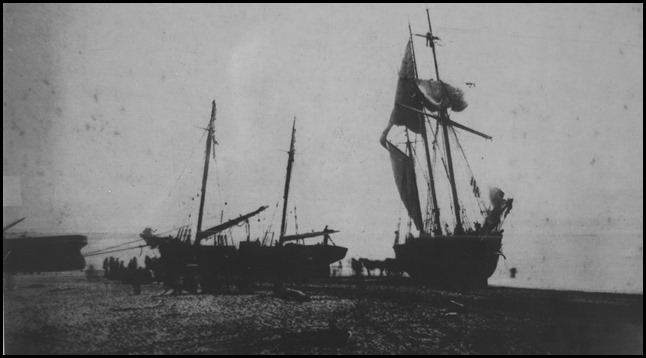 As many craft were not damaged at all, they were raised by
screw-jacks, choked clear of the beach and eventually drawn back into the river
by windlass. This was known as “making the overland
trip.”
 Looking towards the bar, today it looked so benign – from a
distance.
Eleanor Catton's Man Booker Prize-winning novel The Luminaries is set in gold rush-era Hokitika. A big book I read on many occasions, having to re-read the first chapter innumerable times as I kept forgetting the start over many months, once into chapter two it was a good read and wonderful to see the area for myself.
Economy: The major industries of greenstone (pounamu), gold, coal, and forestry have all dwindled over the last century, but a growing ecotourism industry has grown up and the town is starting to show signs of recovery. It has become a major tourist stop on the West Coast's main highway route, with carving of greenstone an important local industry. It is also gaining a reputation for its annual wild food festival which has been running since 1990. Seaview Asylum was once the town's biggest employer. Another important industry is dairying, with Westland Milk Products being based in the town. A co-operative that has been producing dairy products for many years, Westland is increasing its production at about 10% annually, and in recent years has installed plants to produce new products such as different types of proteins, AMF and others. The vast majority of its production is exported. The Hokitika Sock Machine Museum in town has on display a collection of antique sock-knitting machines and invites visitors to knit their own socks. Hokitika now boasts one of South Island's best 3D digital cinemas, the Regent Theatre, due to volunteer hours and grants from the Westland development trust, Lions foundation, Lottery's commission and the Major District Initiative and pub charity. The Art Deco theatre narrowly avoided being demolished, thanks to a last-minute coup in the management committee.
En route.
The focal point of the town as we bimbled about, is St. Mary’s Catholic Church, designed by the Luttrell Brothers. Although the nave was first used late in December 1914, the portico and tower were not constructed until 1920-21. This delay in completion was partly caused by problems posed by the outbreak of war as well as a shortage of funds. The finishing plaster was finally applied to the exterior walls in 1927-28, some fourteen years after the foundation stone was laid. The interior timber and plaster work was completed at the same time. Refurbishment programmes were undertaken in 1978 and 1989.
The rather lovely roundabout. The Hokitika town clock also serves as the South African War memorial.
The foundation stone was laid in February 1902 before a crowd of two thousand, in pelting rain by Premier Seddon, the cost of the tower was a thousand pounds. The Westland South African War and Coronation Memorial Clock Tower was unveiled by Mrs Seddon, the Premier’s wife on the 3rd of June 1903, in front of her husband, General Babington and his staff, and the West Coast Battalion of Volunteers, Cadets and returned troopers. Over three thousand visitors arrived by train to hear speeches by the Premier, Mayor, Mr Guinness, the Member for Grey, the Hon. Holmes, and General Babington. The clock tower commemorated the coronation of Edward VII, the dispatch of one hundred and thirty Westland men to South Africa, and four troopers who lost their lives in the war.
The Hydraulic Sluicing Nozzle: Used in the working of gold-bearing deposits, the sluicing nozzle allowed the miner to direct a stream of high pressure water against a bank. The ground was broken down by the sluice box where the gold was collected. Connected to a canvas or metal hose, the nozzle was fed from a race which brought water to the claim in sufficient quantity and at a great enough fall to supply the required pressure. Miners paid dearly for the water race companies were usually very profitable operations. Just something you would expect to find outside the public toilets. Think it’s time to get back to Mabel.
ALL IN ALL A BEACH, A TOWN, A
BASE FOR MABEL, MARVELLOUS
LOVELY MIX OF OLD AND
NEW |



